Full of excitement, after months of planning, rethinking, researching, restoring, documenting, adapting spaces, moving artworks from the storage rooms, hanging and unhanging, writing, labelling, lighting – in short, everything entailed in a new museographical presentation of hundreds of works from the collection – yesterday, Wednesday 24th, we reopened the Renaissance and Baroque galleries.
During the coming year we will be talking about it in the blog, discussing artists and works. Today we offer you a view of the renovation project, of what we set out to do, and what you will find there when you visit the new rooms.
The renovation in 7 flashes
- The most striking novelty, which distinguishes it from previous presentations, is that for the first time both the Cambó Bequest, and the Thyssen-Bornemisza Collection have been integrated into the exhibition itinerary.
This integration means, above all, offering visitors a more complete account of the period, previously divided up according to the provenance of the works, something that was a hindrance to interpretation. For the collection, the integration makes it possible to reassess the exhibition as a whole. The links between the works are reinforced and it is easier for the works from both collections to be contextualized and to establish a dialogue with the rest of the exhibits. In short, visitors have the opportunity to rediscover two very valuable collections.
- An open narrative, with an exhibition rationale based on new criteria of presenting the artworks. The aim has been to focus on constructing narratives based on the works in the collection, renouncing to maintain a rigid structure based on canonical and academic models.

Aberto Carlieri, The Presentation of the Virgin, First quarter of the 18th century
Persisting in maintaining a traditional system of organizing the collections, grouping works together by periods or artistic styles, would have been discursively dysfunctional, since the conserved works do not reflect a canonical ideal. The alternative has been to highlight the importance of the works selected and to make a commitment to a more flexible narrative. It is the works themselves that have shaped a discursive structure that is far more dynamic, open and receptive to the impact of other cultural, social and ideological factors. Thus, the prevailing approach is synchronic rather than diachronic, storytelling through thematic threads, such as “Medieval inertia”, “The visual genres”, “Art and devotion”, “The Madonna, love and motherhood”, “Still life”, “Lighting”, “Painted biographies”, “Catalonia in the 17th and 18th centuries”, and “Myth and allegory”, to mention just a few.

Damià Campeny, Lucretia, 1803
In the case of the representation of Catalan art, the project’s goal is to highlight the collection’s specificity, in which there is a predominance of Catalan productions. Here, therefore, the aim has been to stress, with a patrimonial interest, the Museu Nacional’s historic links with the Catalan art of the period, very well represented by a handful of artists active in the Principality in the first half of the 16th century, and by artists like Antoni Viladomat or Francesc Pla, el Vigatà, by whom the museum conserves a large number of productions.
- The new presentation includes 22 works that have never been exhibited before and others that have not been displayed for years.

Willem Dermoyen, The Triumph of Fame over Death, 1540-1550
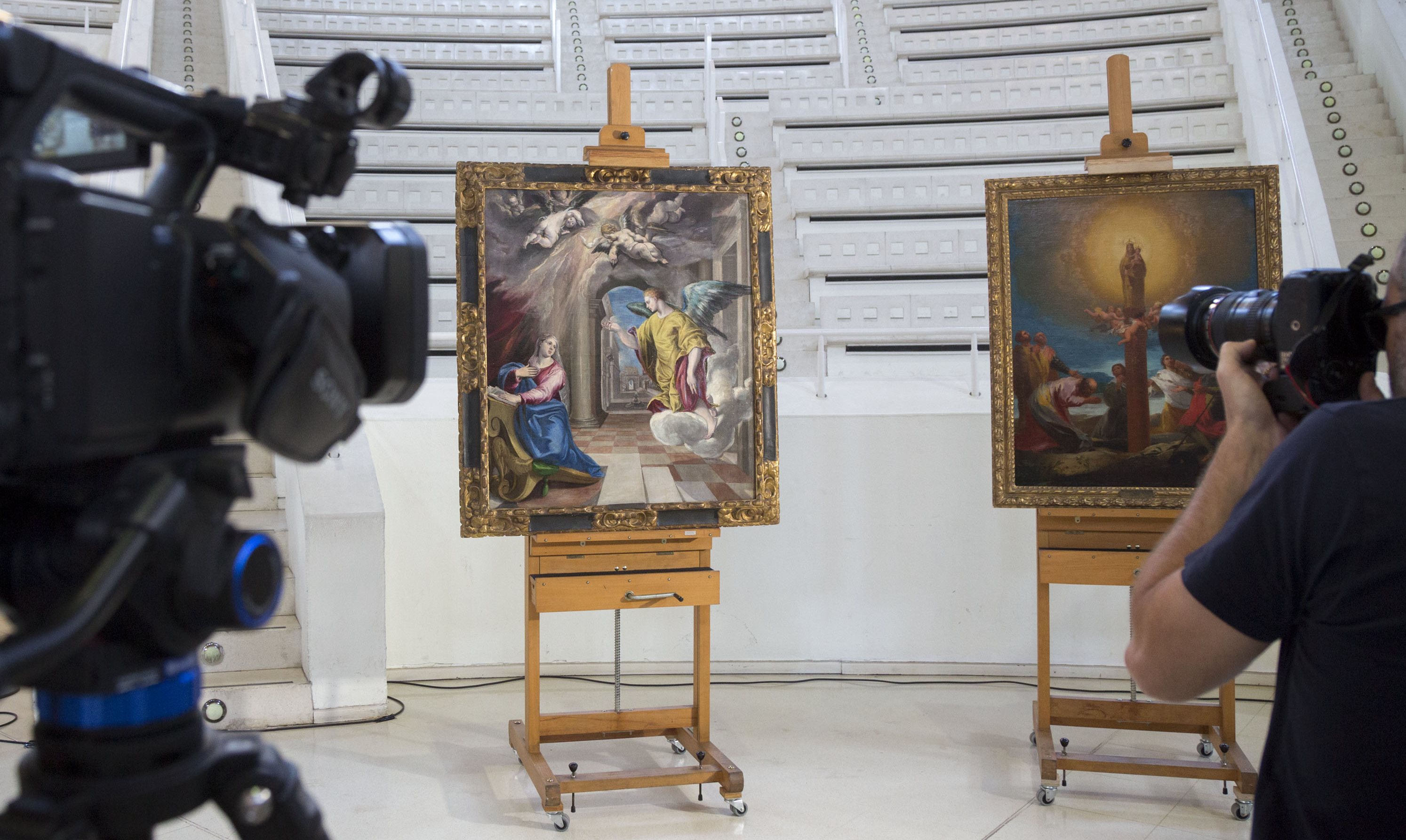
Doménikos Theotokópoulos (El Greco), Anunciation, 1572-1576, Muñoz Ramonet Collection [judicial deposit]
- The number of works exhibited has increased, with respect to previous presentations. Nearly 300 works are displayed, comprising 207 paintings, 26 sculptures, 53 drawings and prints, 9 photographs, along with books, medals and coins, a tapestry and a piece of furniture. The actual exhibition space has a total of 1313 m² and has increased by 200 linear metres of wall space.
- A large number of graphic resources have been made available for the purpose of facilitating the contextualization of the artworks exhibited. Efforts have been focused on creating a visit the audience will find attractive, providing tools for interpreting the works. You will find many labels, wall panels and encapsulations of the exhibition. The graphic elements in rooms are complemented with resources on the website and the new audio-guide, presenting a selection of 25 works in 8 languages, that helps to explain the exhibition to visitors.
- The exhibition includes a space set aside for displaying a selection of graphic work, basically prints belonging to the collection of the Cabinet of Drawings and Prints. The idea behind this section is twofold:
- to emphasize the importance of the print, as a discipline that is essential for understanding the spread of the artistic ideas and the creativity of the period. All in all, the print gathered a great deal of momentum with the onset of the Renaissance and it was to become a very original aid to artistic expression, much appreciated by the major collectors of the period
- to raise the profile of part of the rich heritage of work on paper conserved by the museum, with which the general public is unfortunately quite unfamiliar.

Ramon Martí i Alsina, Self-portrait, circa 1875
The space is designed following the model of the cabinets of graphic work, and for reasons of preventive conservation the works are exhibited according to display criteria that differ from those of the rest of the collection, with regard to protection, lighting, etc. The international criteria for the exhibition of work on paper are maintained. Visitors can freely open the drawers to see more prints.
- The presentation is enriched with bibliographical material from the museum library’s collection. It is a selection of antique books that, besides diversifying the exhibited material, also gives us a chance to observe works of literature of an artistic nature.
The 16th century brought with it an increase in the number of books published and the spread of artistic treatises that helped to disseminate ideas about art and to provide artists with visual resources that would help them overcome compositional problems. Obviously, the selection also shows up the wealth of material conserved in the museum library, noted for being one of the best libraries in Spain specializing in art history books.
A living project
Consistent with the open philosophy of the narrative that we have proposed, the project will remain a living one, works will be moved for reasons of conservation, loans to other local and international museums, in order to offer new interpretations or to fit in any new acquisitions. We also envisage adding to the interpretative aids with enriched stories and more multimedia material, both online and in the galleries.
And we will be very receptive to the public’s perception. You the visitors will show us how the opening has gone and, above all, if you would recommend your friends and acquaintances the visit.
The Museu Nacional is now better and more complete. We hope to see you here!

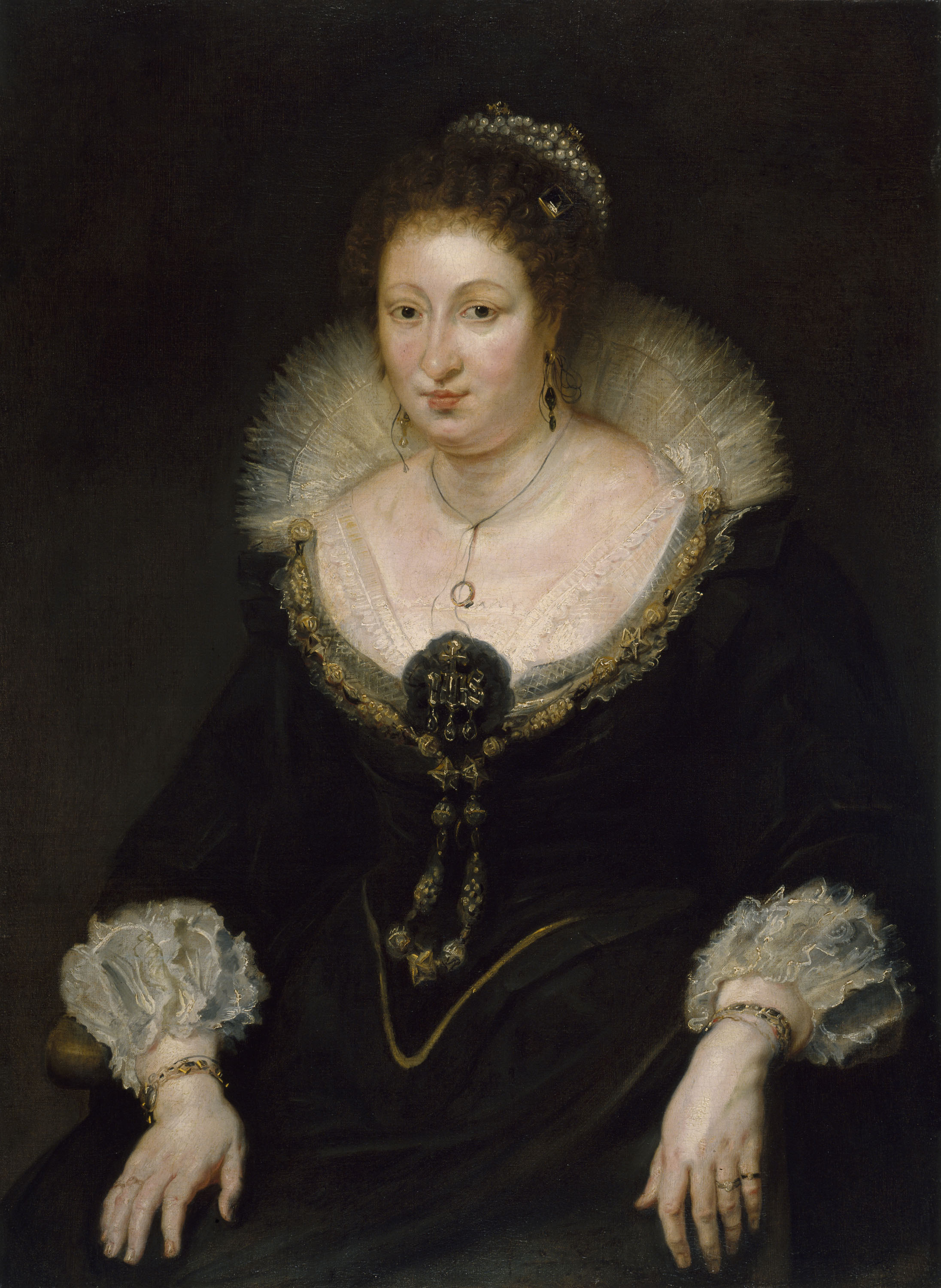

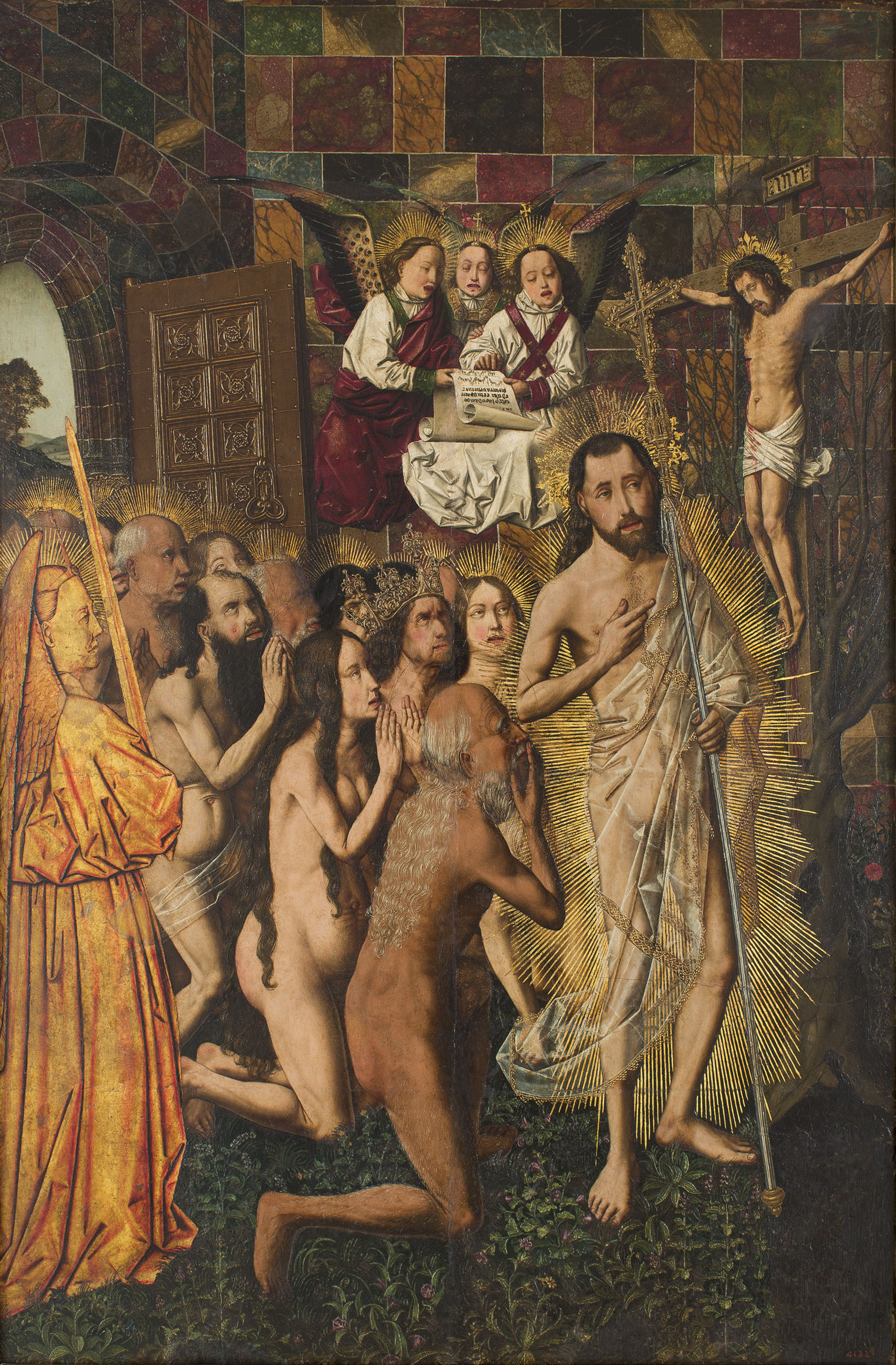
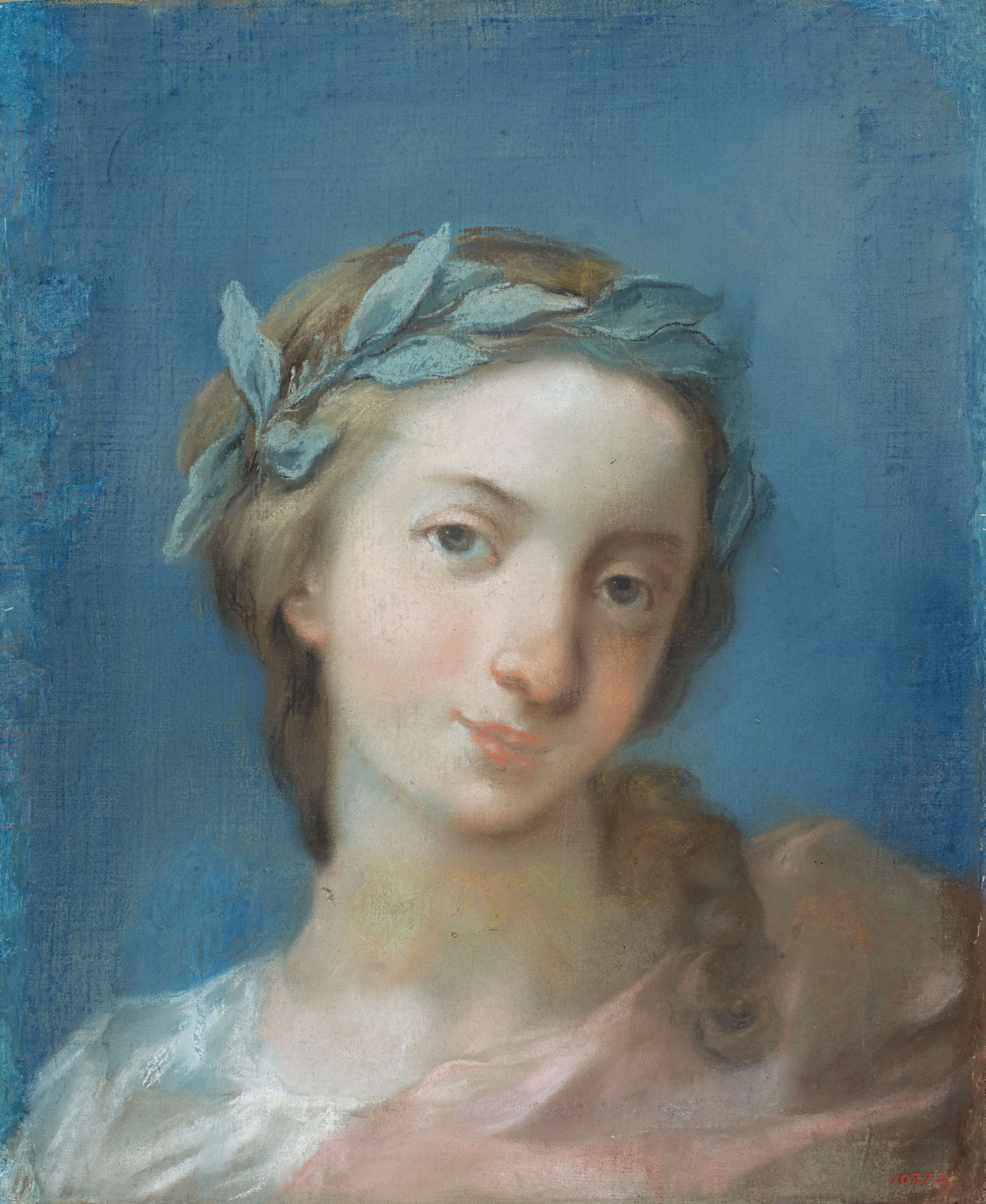
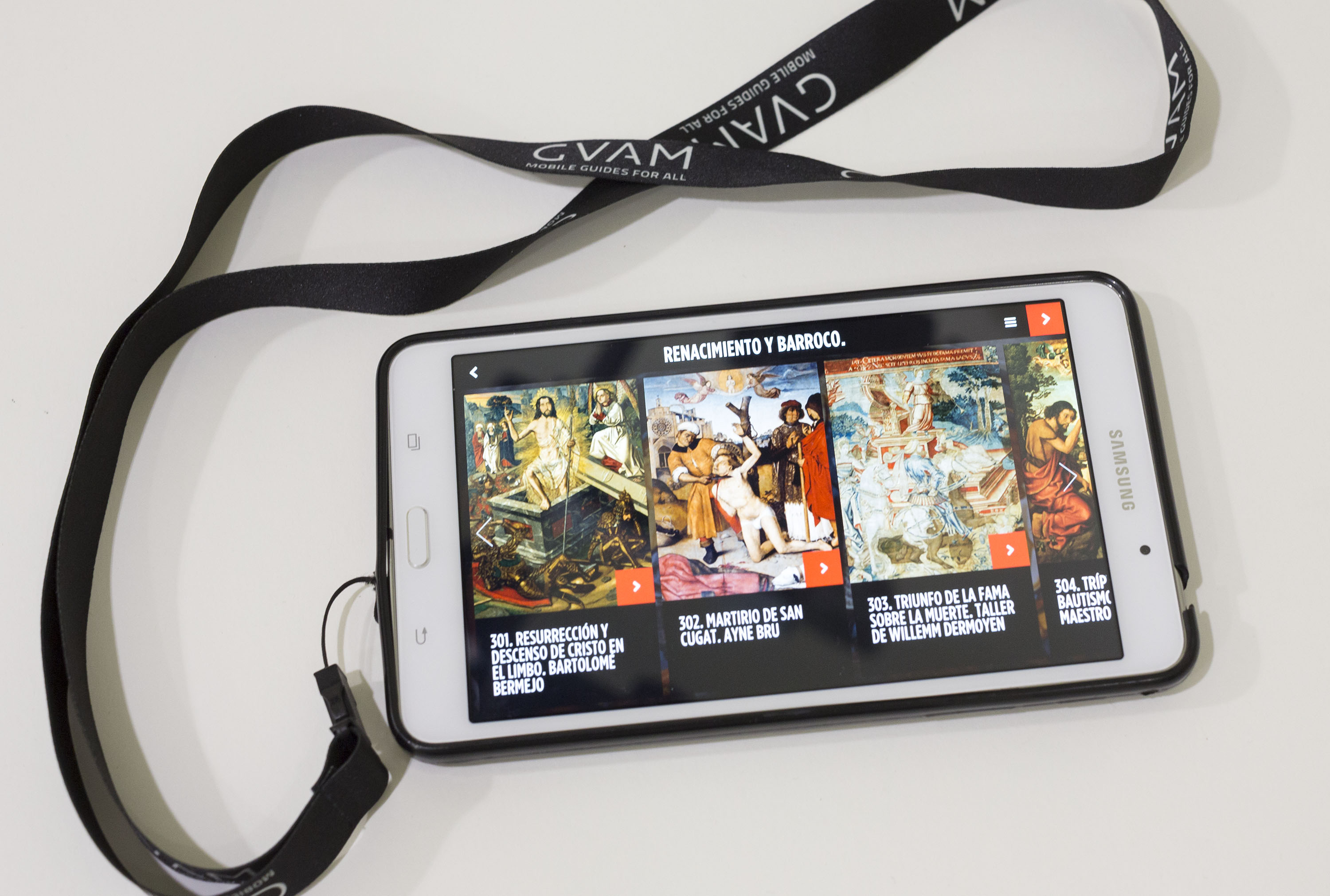



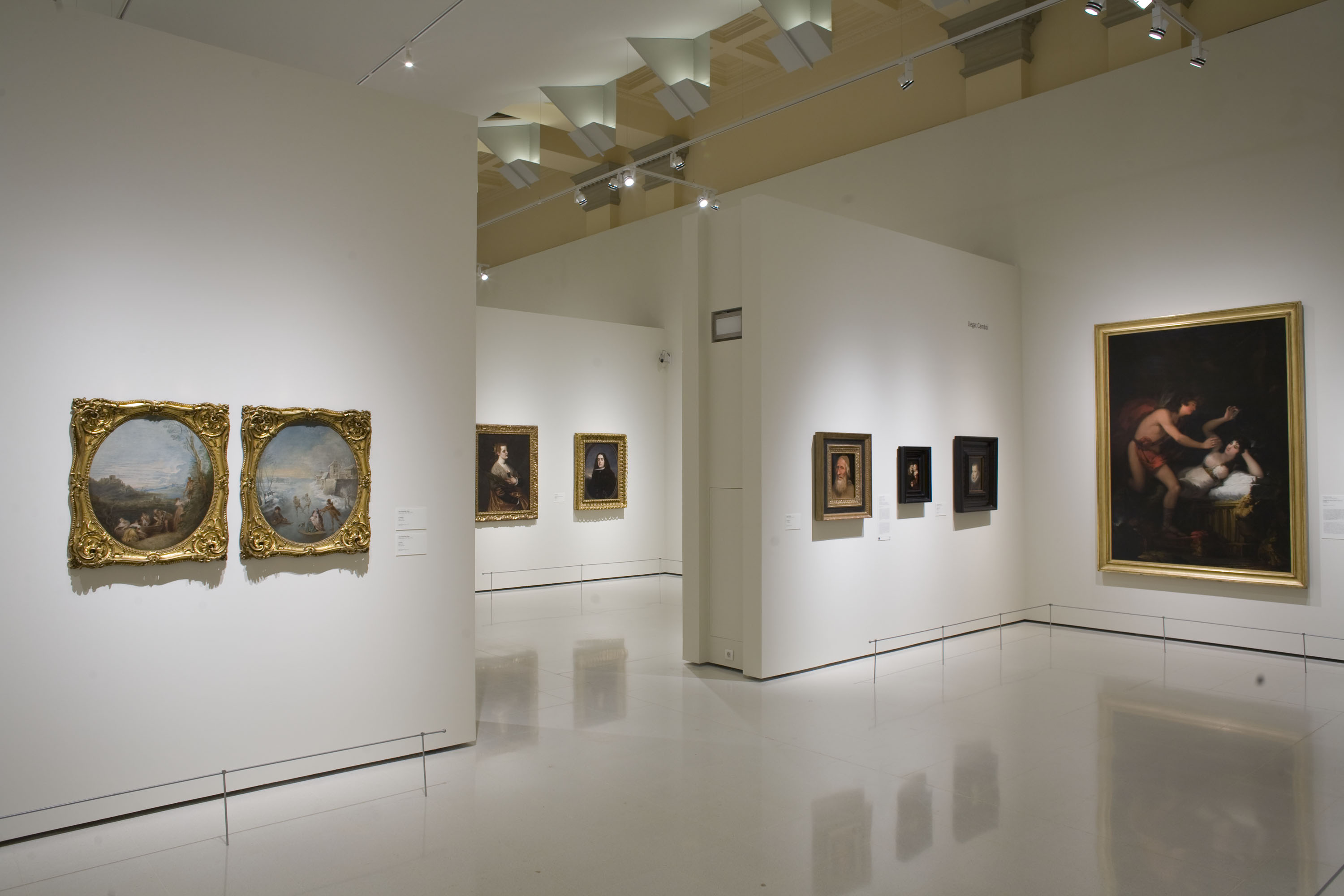
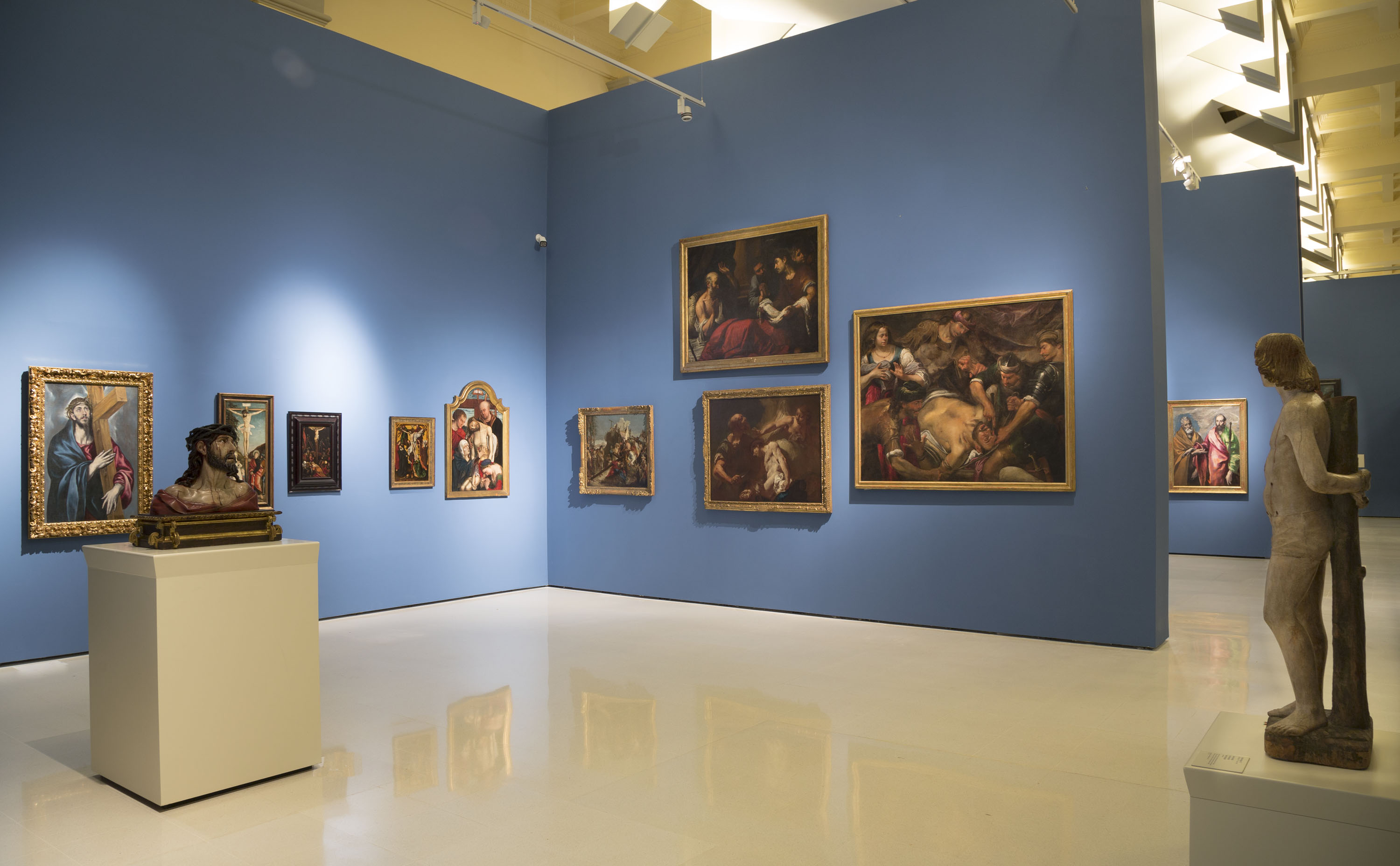







One comment
hi,
Is your app guide available in English please, I have only been able to find a Spanish version so far.
Thanks
Martin Bull